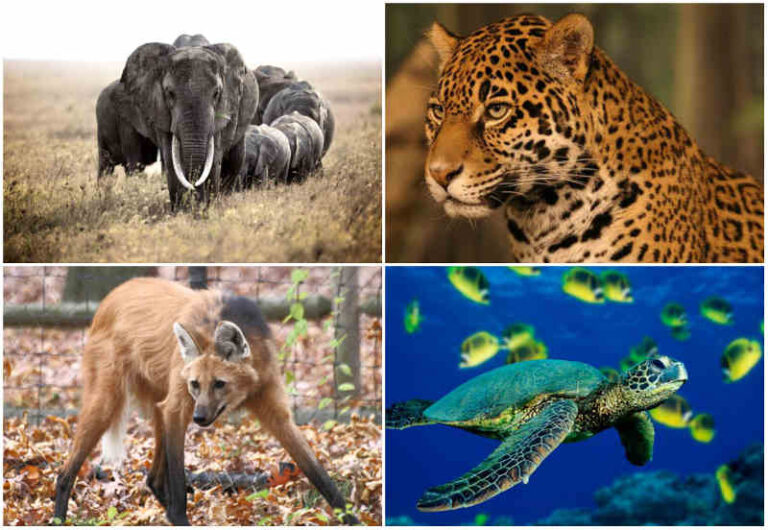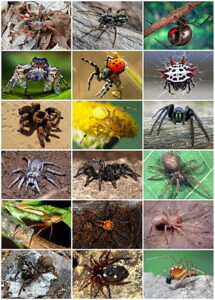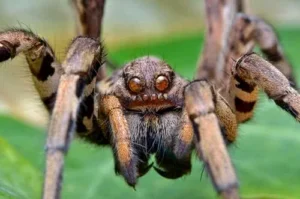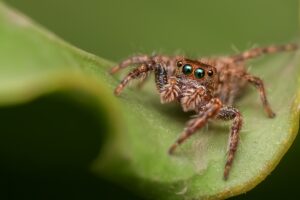CONNECT
Animals, living beings that go through a life cycle involving birth, growth, reproduction, and death, exhibit a wide variety of characteristics such as color, size, diet, and habitat. Locomotion varies between walking, swimming, jumping, flying, crawling, or absence of movement. The size range spans from small, like fleas, to large, like elephants. The number of legs also varies, showcasing the richness of animal life.
In this context, spiders stand out as fascinating members of the animal kingdom, characterized by the distinctive presence of eight legs. Their anatomy includes silk production by glands, used in web construction, playing a fundamental role in prey capture. Webs can take various forms, from geometric structures to elaborate three-dimensional traps.
In addition to silk, spiders have chelicerae, located at the front of the mouth, used to inject venom into prey. This venom plays a crucial role in immobilization and external digestion, allowing the spider to efficiently consume its prey. Thus, spiders contribute to the diversity and complexity of the animal kingdom with their unique adaptations.
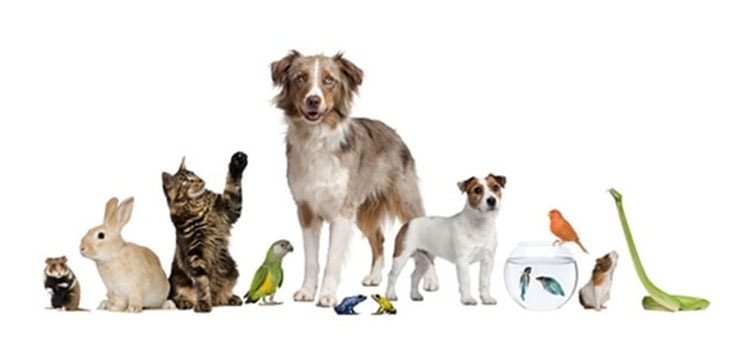
Watch the video “Spider 🕷️Animals for children🌱 Episode 10”:
CONTEMPLATE
• Have you ever seen a spider?
• What characteristics presented in the video caught your attention the most?
ACTIVITY PROPOSAL
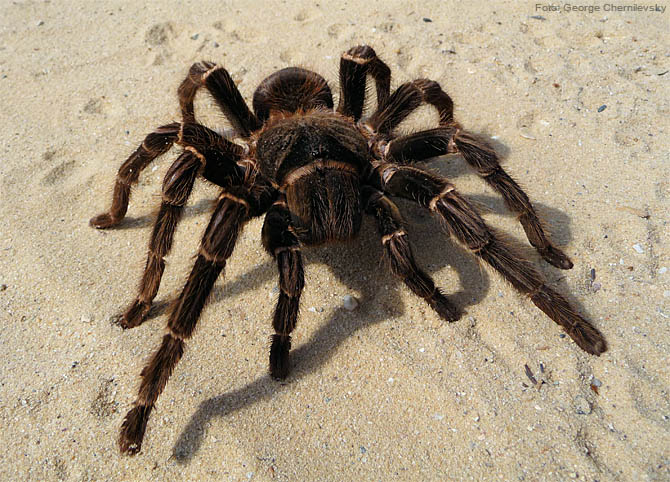 SPIDER
SPIDER
Spiders are predatory animals, living freely, usually solitary, feeding mainly on insects.
They are mainly terrestrial, with approximately 30,000 known species, of which only 20 to 30 are considered medically important because they are venomous.
They have natural enemies: birds, geckos, toads, frogs, among others.
BUILD
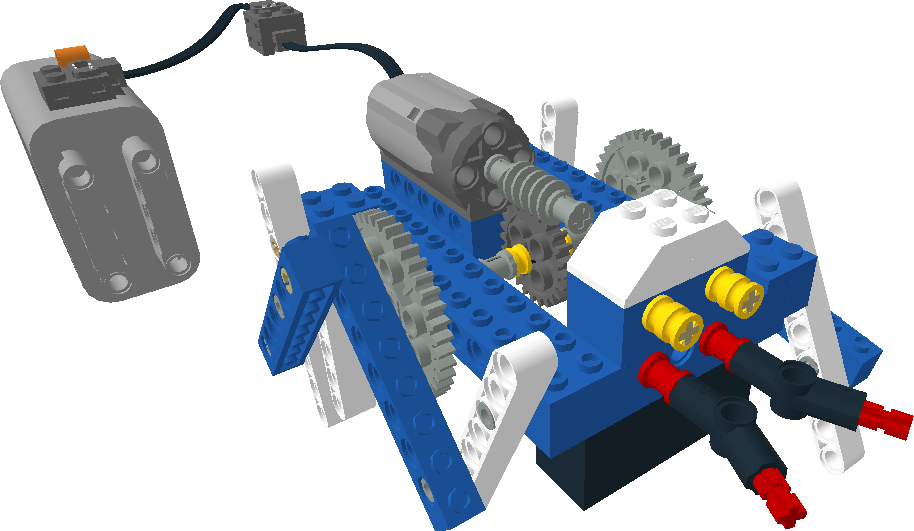
Build a spider with the pieces from the LEGO® EDUCATION Simple and Motorized Machines Technological Kit.
Click the button to download the file.
Watch the video below to see how the spider moves:
CONTINUE
Does your prototype look similar to the one indicated?
What are the characteristics of the animal you built?

